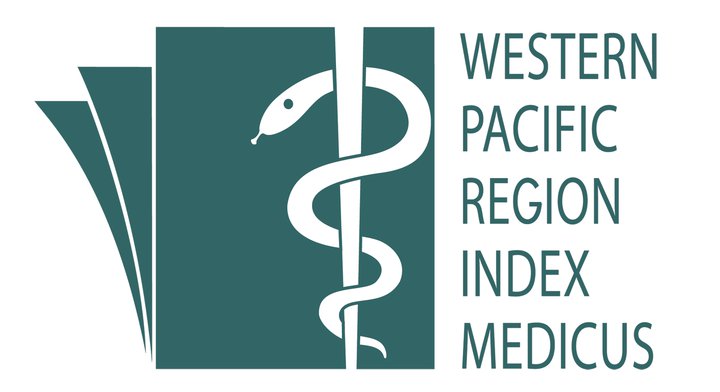The Role of Job Stress and Job Satisfaction in Predicting Job Burnout of Teachers of Students with Special Needs
Keywords:
Job Stress , Job Satisfaction , Job Burnout , Teachers, Students with Special NeedsAbstract
Introduction
The aim of this study was to determine the role of job stress and job satisfaction in predicting job burnout in teachers of students with special needs in Shiraz, Iran.
Methods
The sample included 136 teachers of students with special needs that were selected through convenience sampling. For data collection, the Burnout Inventory, Job Stress Questionnaire, and the Minnesota Satisfaction Questionnaire were used. Data were analysed using Pearson correlation coefficient and simultaneous multiple regression.
Results
The results showed that job stress positively and significantly predicted job burnout and job satisfaction negatively and significantly predicted job burnout.
Conclusion
According to the findings of this study, it is suggested that organisations related special education field to design and develop appropriate educational and supportive programs (such as holding workshops on stress management in the workplace, providing free counseling and psychological services, identifying individual and environmental factors affecting job satisfaction in teachers of students with special needs, helping to increase their job satisfaction, providing assistants for these teachers, and etc.). This will increase job satisfaction and reduce job stress in teachers of students with special needs. In this way, the burnout of teachers of students with special needs will be reduced.
Downloads
Published
How to Cite
Issue
Section
License
Copyright (c) 2023 Ghorban Hemati Alamdarloo, Zahra Mohsenifar

This work is licensed under a Creative Commons Attribution-NonCommercial 4.0 International License.
IJPHR applies the Creative Commons Attribution (CC BY) license to articles and other works we publish. If you submit your paper for publication by IJPHR, you agree to have the CC BY license applied to your work. Under this Open Access license, you as the author agree that anyone can reuse your article in whole or part for any purpose, for free, even for commercial purposes. Anyone may copy, distribute, or reuse the content as long as the author and original source are properly cited. This facilitates freedom in re-use and also ensures that IJPHR content can be mined without barriers for the needs of research.





